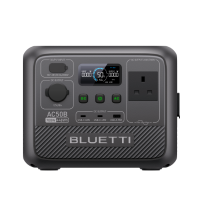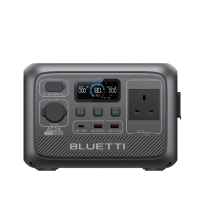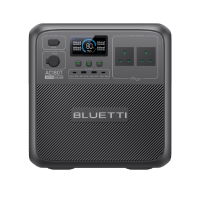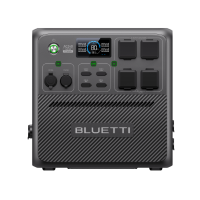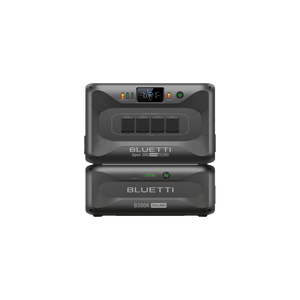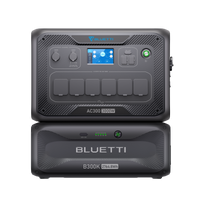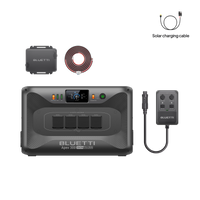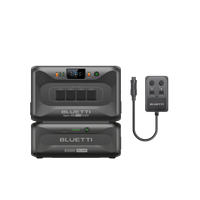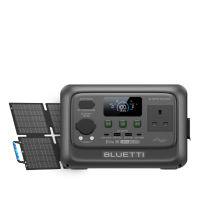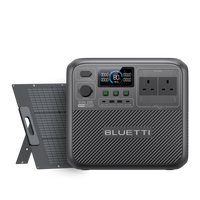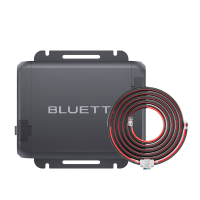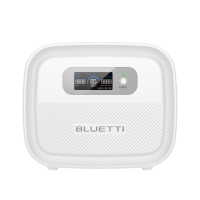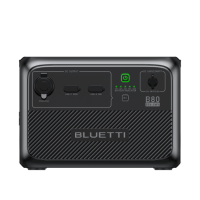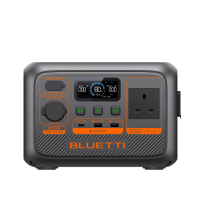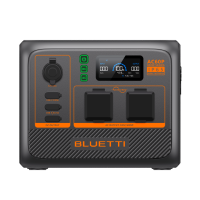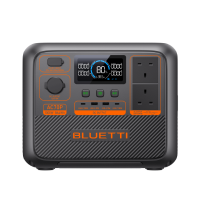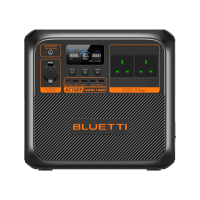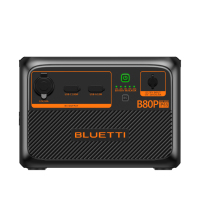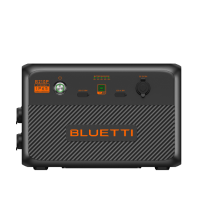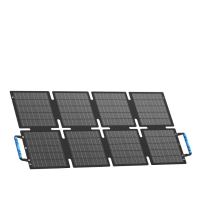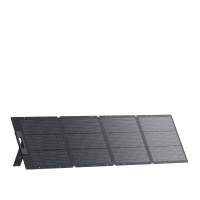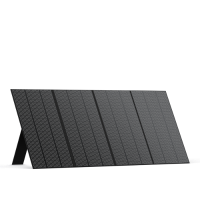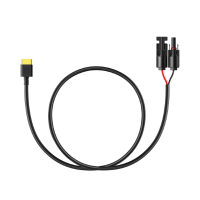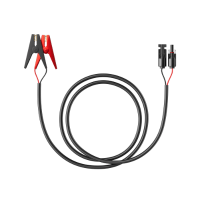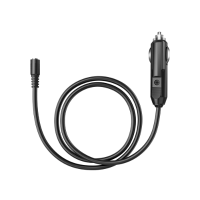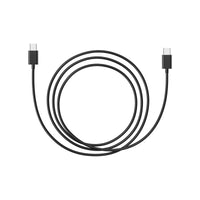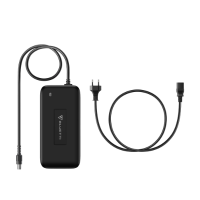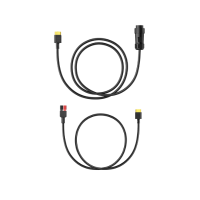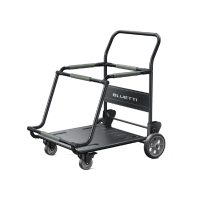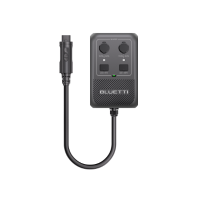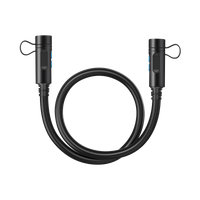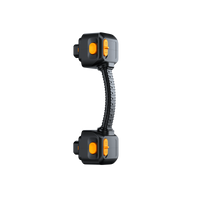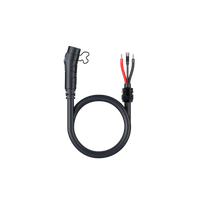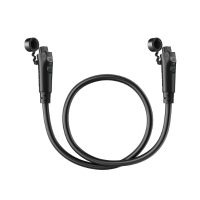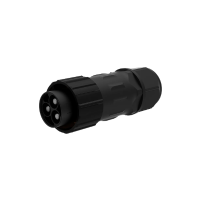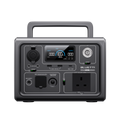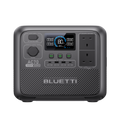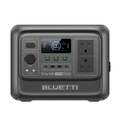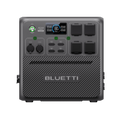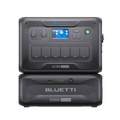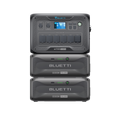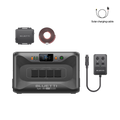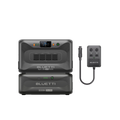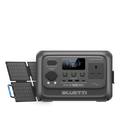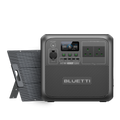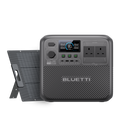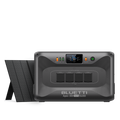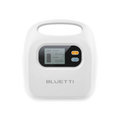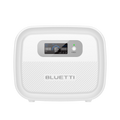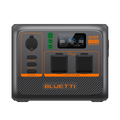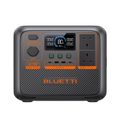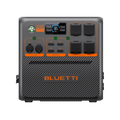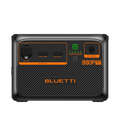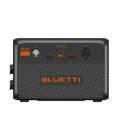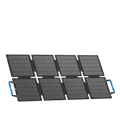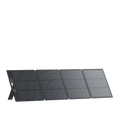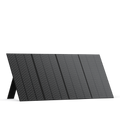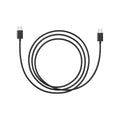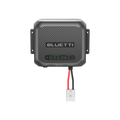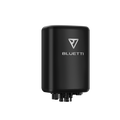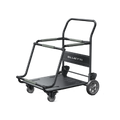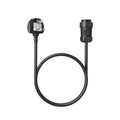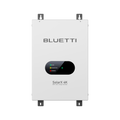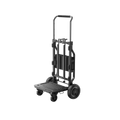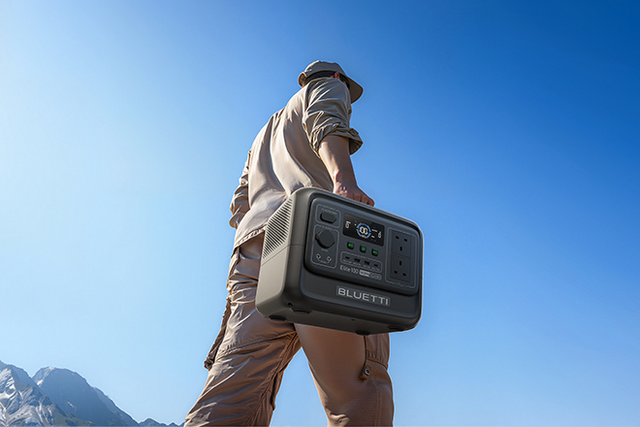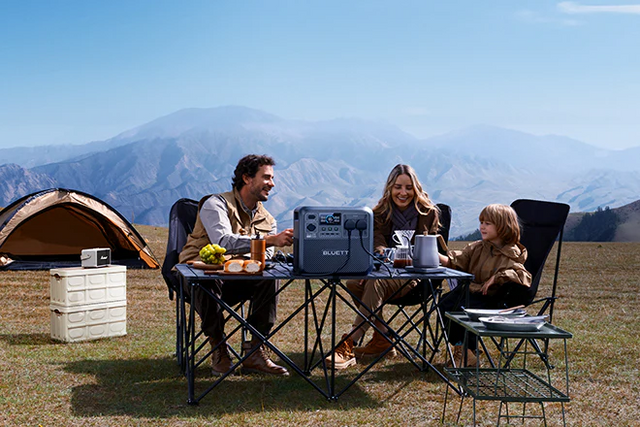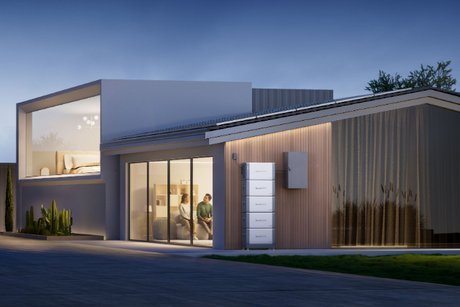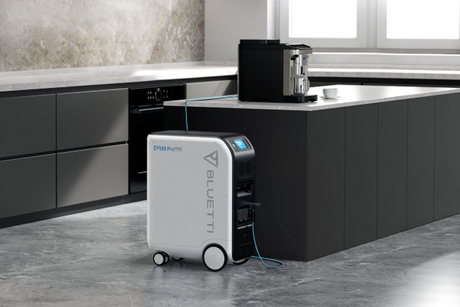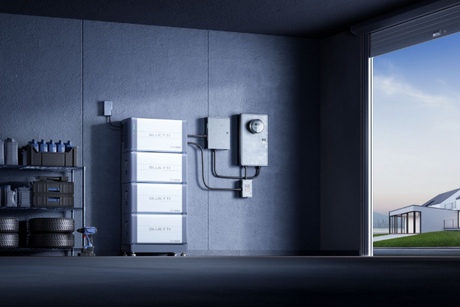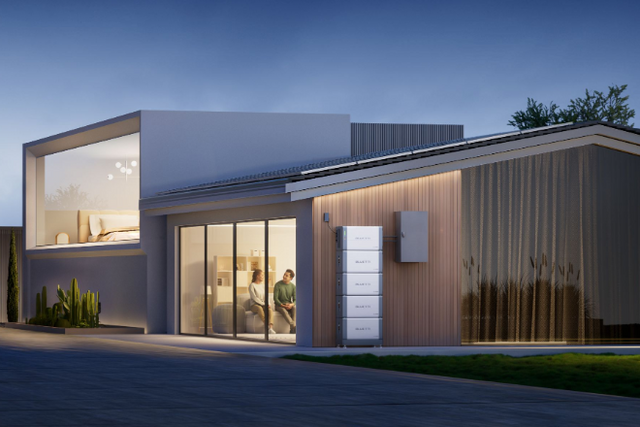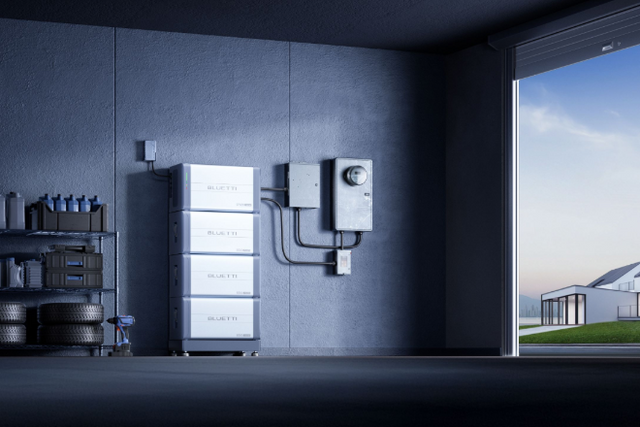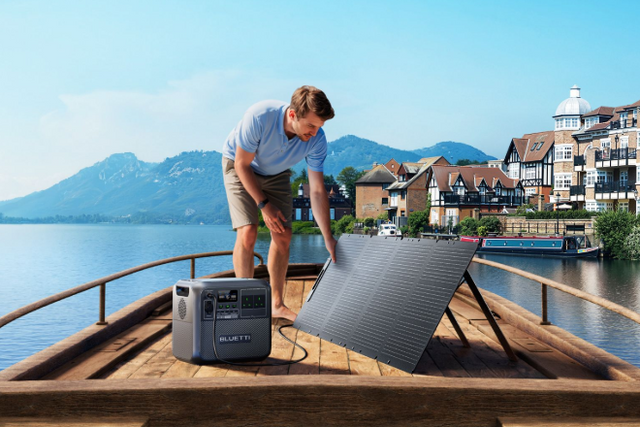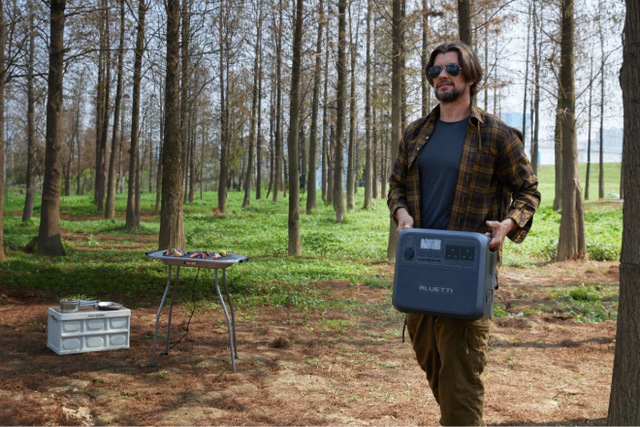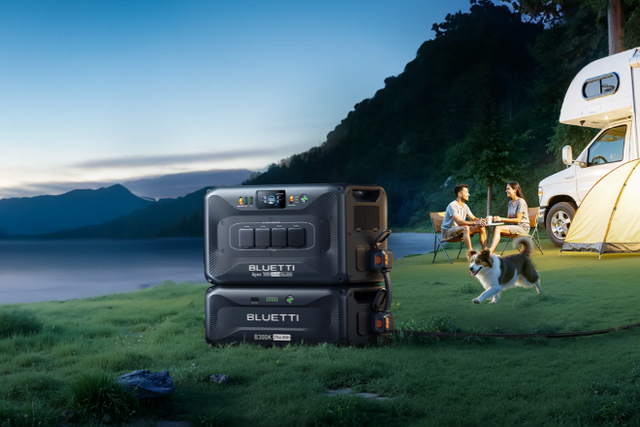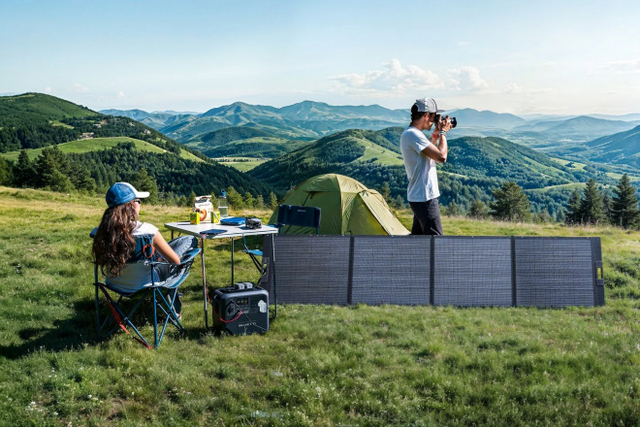Oven Power Consumption Explained: How Much Electricity Does Your Oven Use?

BLUETTI Elite 200 V2 Portable Power Station | 2,073.6Wh 2,600W
1. Introduction
Ovens use electricity every time you cook, bake, roast or grill. If you are looking for how much electricity your oven really uses to manage your bill or to plan an off-grid cooking, you need to track the oven’s power consumption. The common factors that influence the oven's power usage are the power rating in UK homes, to calculate the running cost, and ways to reduce its consumption. Let's discover how portable power stations can help your cooking during emergencies, off-grid or outdoor adventures.

2. Understanding Oven Power Consumption
To understand your oven's power consumption, you need to understand two factors. Let's discover them to make it easy:
What Influences Oven Power Usage?
-
Your oven's power consumption behaves differently depending on components, including type, size, temperature setting and duration of usage.
-
If you have a large oven that has multiple heating elements, it will consume more power than a single heating element.
-
Cooking time is also important to consider; if you overcook for a longer period, it draws more energy. Moreover, preheating, or different cooking modes including fan-assisted, grill or conventional ones can also affect its overall consumption.
Example: a fan-assisted oven distributes heat evenly, which cooks food at a lower temperature and saves energy.
-
Cooking dishes also matter a lot; materials that retain heat for a longer time are suitable for low consumption, like glass or ceramic.
Typical Power Ratings of Ovens Used in UK Homes
In a general UK household, most ovens have a power rating of 2kW and 4.8kW. However, the exact amount depends on its design and features.
-
Single built-in ovens utilise around 2–3 kW
-
Double ovens consume between 4–4.8 kW
-
Compact or countertop ovens usually take 1.5–2.5 kW
This clearly states that an oven of 3kW power running for straight 1 hour will utilise 3kWh.
3. How Much Electricity Does an Oven Consume per Hour?
It is really important yet simple to calculate how much electricity an oven uses per hour. It depends on its power rating and duration. Follow the given formula to calculate for your oven.
Electricity Used = Oven Power (kW) × Time Used (hours)
With this formula, you will get the energy consumption of your oven. After that, you can calculate your exact cost:
Electricity Cost (£) = Electricity Used (kWh) × Unit Rate (£/kWh)
Example 1: For Standard Single Oven
Suppose an oven of standard power rating of 3kW is used for 1 hour.
Electricity used = 3 kW × 1 hr = 3 kWh
While the electricity rate is standard £0.30 per kWh:
3 kWh × £0.30 = £0.90 per hour
This means running your oven for an hour can cost around 90 pence.
Example 2: Compact or Energy-Efficient Oven
Modern ovens are smaller and compact, and of 2 kW; if used for 45 minutes, they would consume:
Electricity used = 2 kW × 0.75 hr = 1.5 kWh
Cost = 1.5×£0.30 = £0.45
The concluded cost is nearly half the cost of large ovens. It means having efficient models saves more energy.
4. Actual Cost Associated with Running the Oven in the UK
You can calculate how much it costs you to run the oven for 2 hours with the following formula:
Cost = Power × Time × Unit Rate
Taking the average electricity rate of £0.30 as of 2025:
If you have a Standard single oven (3kW)
3 kW × 2 hours × £0.30 = £1.80
So, a 3kW oven run for two hours will cost about £1.80.
A Large double oven of 4.5kW
4.5kW × 2hours × £0.30 = £2.70
Whereas a modern Compact oven of 2 kW
2kW × 2hours × £0.30 = £1.20
Factors That Influence the Running Costs
Multiple components influence how much electricity you utilise:
-
Larger ovens consume more power than standard or compact ovens. Buy one according to your needs.
-
High temperature and long cooking time can consume more energy. Lower the temperature by 10–20°C to make a difference.
-
If you use the oven multiple times a day, it will increase your bill.
-
Skip preheating every time, do it when needed the most.
-
Don’t open the oven’s door frequently to avoid heat loss.
-
Tariff rates vary by provider and region. Choose the cheaper and off-peak one to save money by cooking at specific times a day
5. Portable Power Stations for Oven Use
A portable power solution is highly needed for indoor and outdoor events as well. When selecting a portable power station for an oven, consider an option that ensures the continuous power output required for running your oven. It must have the capacity to run the oven for your expected duration. Power stations that have enough power needed for your system are usually bulky and heavy in size. Choose wisely, the portable product is highly recommended. Here are two BLUETTI products that are equipped for your daily needs, more compact and with higher capacity.
BLUETTI Elite 200 V2: Compact Yet Powerful for Everyday Cooking
BLUETTI Elite 200 V2 is a compact yet powerful power station for everyday cooking. It has a powerful battery capacity of ~2,073.6 Wh. It comes with an amazing AC output rating of 2,600W with a power surge up to 3,900W in power lifting mode. The product has a compact size and portable design, making it easy to carry. It can easily support home backup, including running appliances, charging devices or for outdoor setups like camping and caravan tours.

However, if your oven draws significantly more than 2,600 W, or you need to run for long periods, the Elite 200 V2 may struggle or deplete quickly. In such a condition where the need is more and for a long time, you need an alternative that has more power capacity to meet your needs. Let's discuss a bigger opportunity.
BLUETTI Apex 300: High Capacity and Versatility for Larger Loads
BLUETTI Apex 300 is the best power station for those who need high capacity and versatility for longer duration and heavier loads. It has a battery capacity of ~2,764.8 Wh. However, the AC output is 3,840W with a surge up to ~7,680 W. The product is an expandable system that can go up to ~58 kWh total capacity, with more added with batteries. It is perfect to handle heavier cooking loads for a longer duration. Moreover, you can expand the capacity with batteries to increase cooking time. Surge capacity supports appliances that use more power at startup.

6. Tips to Reduce Oven Power Consumption
To lower your oven’s energy use doesn’t require sacrificing meal quality.
Preheat Only When Necessary
Preheating is not always required in cooking. Only do this step when your recipe really needs it. It will save unnecessary power use up to 5 to 10 minutes.
Cook Multiple Dishes at Once
If you have a large oven, cook simultaneously. You can easily roast vegetables while baking chicken using different shelves.
Avoid Frequent Door Opening
When you keep on checking the food by opening the door, the temperature drops by up to 20 °C. Always use the oven's window to check food.
Turn off Early and Use Residual Heat
Most ovens retain heat for a long time even after you turn off. To save power, you can switch off the oven 5 or 10 minutes earlier than the cooking time ends.
Ensure Regular Cleaning
Usually, ovens lack efficiency if they have grease or contain food residue. It restricts the heat from evenly distributing and ultimately takes a long time to reach the desired temperature. Proper cleaning on a regular basis can make it more efficient.
Smart Power Tip
Newer ovens support eco or fan-assisted modes, which distribute heat evenly. It helps you to reduce the temperature by about 20°C and get the same results.
7. Conclusion
Understanding how much the oven's power consumption will help you cook food smartly by cutting energy costs. Making small changes to routine, like cooking efficiently, preheating only in need, and keeping it clean, can make a significant difference. Moreover, with the rapidly increasing tariff, if you need a portable power solution for indoor or outdoor cooking, the BLUETTI Elite 200 is an ideal option for daily use. Whereas, if more power is required to run larger ovens, BLUETTI Apex 300 can provide that power for a longer duration, making it a reliable power source, no matter whether indoor or outdoor.
8. FAQs
How much electricity is used per hour in an average UK home?
UK households, on average, consume about 2 to 3 kWh per hour. This consumption can cost around £0.60 to £0.90 (according to £0.30 per kWh)
What is the average cost to run an Electric Oven for 2 hours in the UK?
Although the exact cost depends on the oven size, type, duration and other factors, however talking on average, if you run an electric oven in the UK for 2 hours, it can cost around £1.20 to £1.80
What is the average wattage an oven uses at 180 °C?
Do you know how many watts does an oven use at 180 degrees? Normal electric ovens consume 2-3 kW of power at 180°C. However, the exact consumption depends on the size and efficiency of the stove. During steady cooking, once the oven reaches its temperature, the cycles on and off, which lowers the power consumption up to 30-40%.
How can I calculate my oven’s running cost?
There is a basic formula to calculate your oven’s running cost:
Cost= Oven Power (kW) × Time (hr) × Electricity Rate (£/kWh)
Cost in £ = 3kW × 1 × 0.30
= £0.90
Shop products from this article
You May Also Like
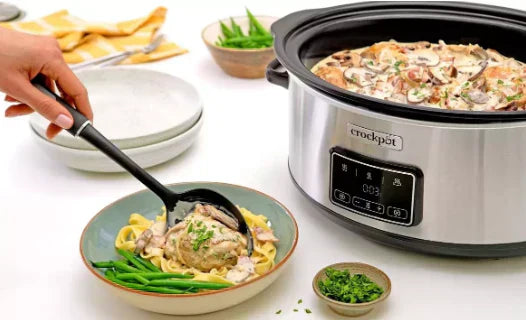
A Complete Guide On How Many Watts Does A Crock Pot Use?
Wondering how much electricity does a crockpot use? Let's discover the wattage, cost, and comparison with other appliances to help you save your resources.
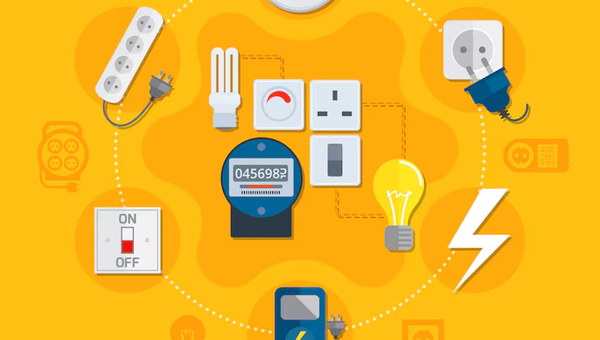
Average Power Usage per Day: A Complete Guide for UK Homes
The average power usage per day in UK homes is 8 to 10kWh. However, it depends on multiple factors. Monitoring and using reusable sources can minimise the daily usage. Let's...

How to Convert kW to Amps Easily?
The conversion of kW to amps in single-phase and three-phase electrical systems can be followed precisely using formulas. However, you must consider the voltage and power factor for valid results.


